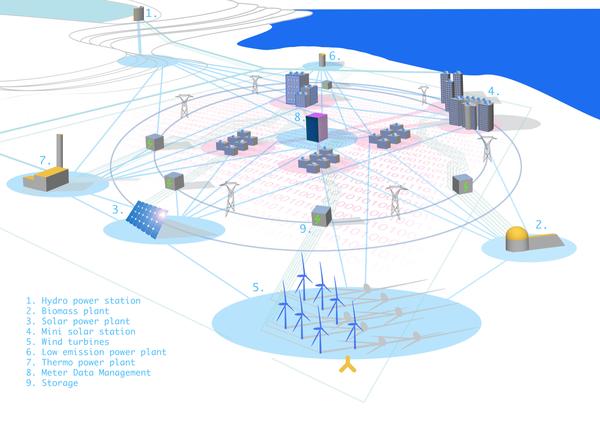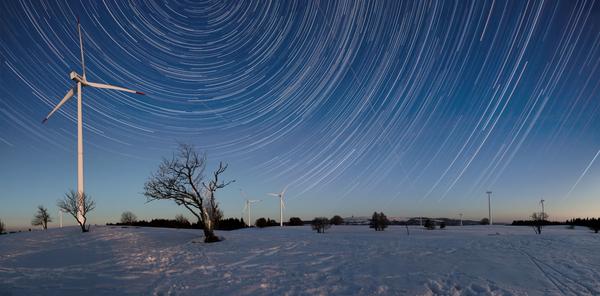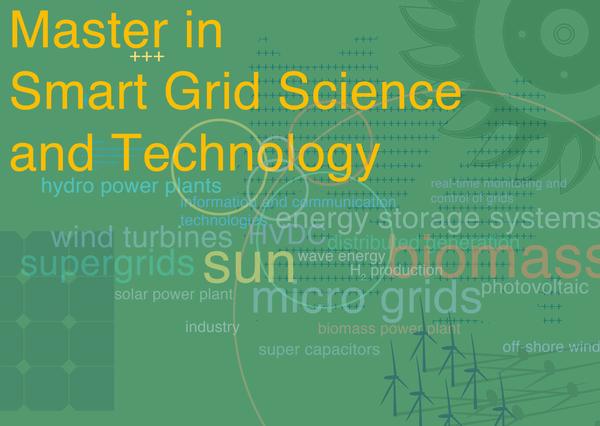Training engineers to handle nuclear power phase out

The Institute of Electrical Engineering is offering a new training program to engineers of the future, who will soon face new challenges: they will have to reinvent tomorrow's power systems. With the abandonment of nuclear power plants, solutions must be found to deal with the massive integration of renewables in the electrical network. It is time to work on Smart Grids.
In the near future, the entire power network will have to be reengineered. Due to the increasing number of consumers, together with the phasing out of nuclear energy, there is an urgent need to find solutions for monitoring the massive integration of renewables in the power grid. And this is a considerable challenge. Inherently, renewables- i.e. solar and wind energy - are distributed and discontinuous. The mission of future engineers is to develop new tools to manage the increasing complexity of electrical grids, taking into account the fluctuation of the production of energy, as well as the economic market requirements. This is where self-adaptive Smart Grids come into play.
 Coping with nature's wrath
Coping with nature's wrath
In order to teach students how to develop, monitor and control complex smart grids, the Institute of Electrical Engineering has added a new multi-disciplinary option to its Master, entitled Smart Grids Science and Technology. By definition, smart grids are self-adapting complex power networks capable of managing renewables fluctuations in real time, while remaining stable. Monitoring them properly requires interdisciplinary skills.
«We need to move beyond the idea that a plant "x" can produce a given amount of energy "y" whenever required. Solar and wind energy depend on atmospheric conditions, which complicates things considerably. They produce electricity in a discontinuous way", says Mario Paolone, the professor in charge of the teaching program. In order to keep the network stable, new storage systems with broad power/energy densities must be developed: they will make possible a flattening of this random production. In parallel, it is necessary to deploy new telecommunication systems for an optimal communication between the different energy production points. Finally, innovative mathematical concepts have to be invented to operate the grid in real time, and as effectively as possible.
From mathematics to computer science, mechanical engineering and finally, electrical engineering
The task is difficult and relies on a combination of various skills. The new option of the Master therefore implies an interdisciplinary training. It will address the question of electricity production and transport, but will also focus on matters of energy conversion and storage:  electrical, mathematical, control and mechanical skills will be required. In parallel, students will address some aspects of computer science and telecommunication. These skills are essential for getting the different production points to communicate with each other in the same language within the network. «A solar panel should be able to tell a fuel cell: I'm not producing any energy at the moment. Please take over from here», comments Mario Paolone. The optimal control of the whole system will finally rely on new mathematical approaches.
electrical, mathematical, control and mechanical skills will be required. In parallel, students will address some aspects of computer science and telecommunication. These skills are essential for getting the different production points to communicate with each other in the same language within the network. «A solar panel should be able to tell a fuel cell: I'm not producing any energy at the moment. Please take over from here», comments Mario Paolone. The optimal control of the whole system will finally rely on new mathematical approaches.
Building the future
The Smart Grids Science and Technology option, the only one of its kind in Europe, is open to all students as of September. «These studies are demanding and ambitious», Mario Paolone admits, "but students will be given the opportunity to attend a compensatory session for each course.»
In the future, the goal is to build networks that could rely on renewables for up to 90% of energy production, while remaining as stable as current networks. «We can succeed, thanks to the development of Smart Grids. Of course, we also need to rethink the way we consume electricity. The future of our planet is at stake», he concludes.
-----

More information: http://sti.epfl.ch/smartgrids
Photo courtesy: Alban Kakulya